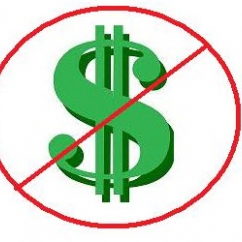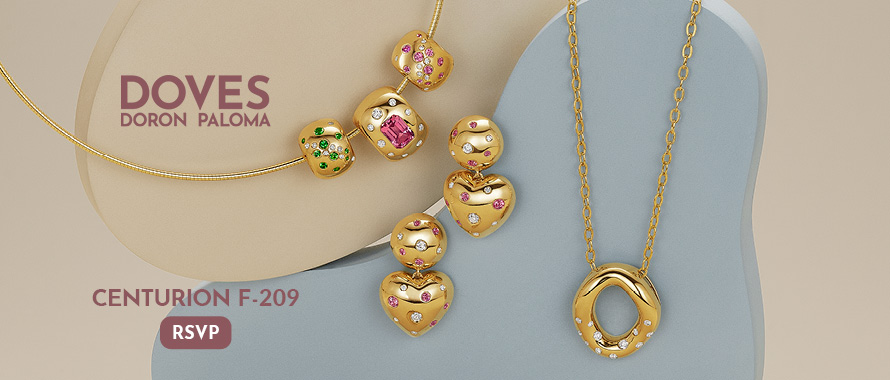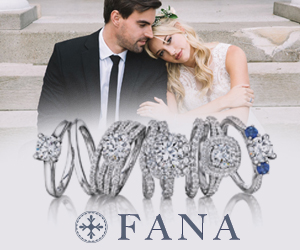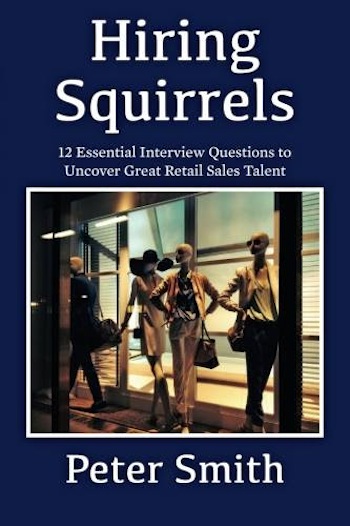Sales Strategy
Why Are My Salespeople Price Resistant? | July 08, 2015 (1 comment)

Boston, MA—Have you ever wondered why certain salespeople seem to have no problems closing larger sales while others almost never write bigger tickets? The latter group might otherwise be quite effective, nurturing their customers and producing an acceptable level of performance, but they just can’t seem to get over the hump when it comes to larger tickets.
When I started to notice this phenomenon many years ago I assumed that it was tied into the salesperson’s background. If he or she had grown up in an environment surrounded by material goods, I reasoned that they would have a greater comfort level selling more expensive jewelry. But I soon found out that that wasn’t the case. While some of the best salespeople did come from more privileged homes, others did not.
Perhaps it was a matter of tenure? I began to look for a correlation of tenure and high-ticket performance but, once again, I found that there was none. Some of the people with whom I had worked had been in retail jewelry for many years, while others had no length of tenure and could still perform at a high level.
The next area that I looked at was industry education. Surely those salespeople with a better levels of education through the various industry institutions and across the higher-end brands would have a greater level of confidence in closing more expensive products? Alas, it was not to be. In fact, I found an inverse relationship between what I’ll call ‘industry pedigree’ and sales acumen. It was as if those people who had been most dawn to the various educational disciplines had the least amount of talent for sales. So what was it? Why do some excel at higher-end sales while others do not?

It boils down to value judgements and biases. If the salesperson believes that a given product is too expensive, they will automatically believe the customer cannot afford it. Short of opening the case and selecting the higher-end merchandise for themselves, customers who are being waited on by salespeople who bring their own value judgements and biases into the interaction will not have the chance to select higher-end (a relative term, I fully accept!) merchandise.
Value perception is more about architecture than archeology. The sales person’s job is to build value. Paint pictures. Align the proposed solution to the customer’s needs. It is not about deciphering every conceivable attribute and feature of a given product. It is not about beating the customer into submission with facts and figures until they relent. One of my favorite Oscar Wilde quotes might have been describing just such a scenario, “Like all people who try to exhaust a subject, he exhausted his listeners.”
As obvious as it may seem, one of the best ways to overcome biases and value judgements is to have the conversation with your salespeople about why they should never decide what the customer can and cannot afford. Their job is to ask good open-ended questions. Questions such as “Tell me what you are looking to accomplish today?” and “Tell me about your wife...what kinds of things have you bought for her in the past?” can be very revealing and non-threatening.
Once the salesperson has asked the appropriate questions and listened intently to the answers - and observed the body-language - it is okay to ask “What price range did you have in mind?” That question must be earned, it should not be asked until a meaningful connection has been made with the customer and a profile of his or her needs has emerged.
After the price range has been established, the salesperson should present three options to the customer that align with what he or she has been able to uncover in their conversation with them. The first option should be generally at the price level indicated by the customer. The second option should be a reasonable step up (20% - 25% higher) and the third option can be 50% or more than the anchor price.
The customer’s price serves as an anchor that makes the other prices relevant and, by having that anchor price in play, the pressure is off the customer. He or she can relax and focus on the value proposition that the salesperson has built with each of the three options.
As difficult as it is to offload our own biases and to refrain from making value judgements, a great deal of progress can be made simply by recognizing that we have them. That, and a simple process of using the customer’s price-range as the anchor-foundation of a three-step product offering, can help salespeople to deliver bigger sales and better experiences for them and for their customers.
Peter Smith, the author of Hiring Squirrels: 12 Essential Interview Questions To Uncover Great Retail Sales Talent, has spent more than 30 years building sales-teams at retail and at wholesale. A graduate of Boston College and the Harvard Key- Executive Program, Peter has served on the Advisory Board of Caliper’s Global Conference. He is also a regular columnist for National Jeweler and the Centurion Sales Newsletter, where he writes about sales, personnel and management issues pertaining to Independent Retail Jewelers. Smith has previously worked with companies such as Tiffany & Co., Montblanc and Hearts On Fire and he was recently appointed as president of Vibhor Gems.
Smith’s Hiring Squirrels is available in print or Kindle digital edition on Amazon.com.







